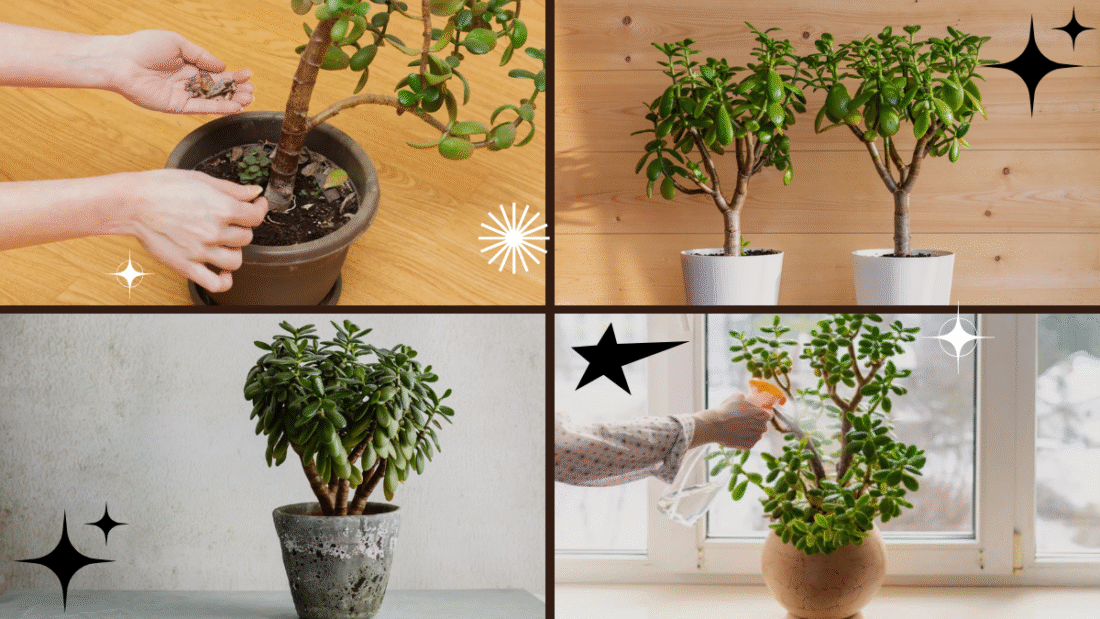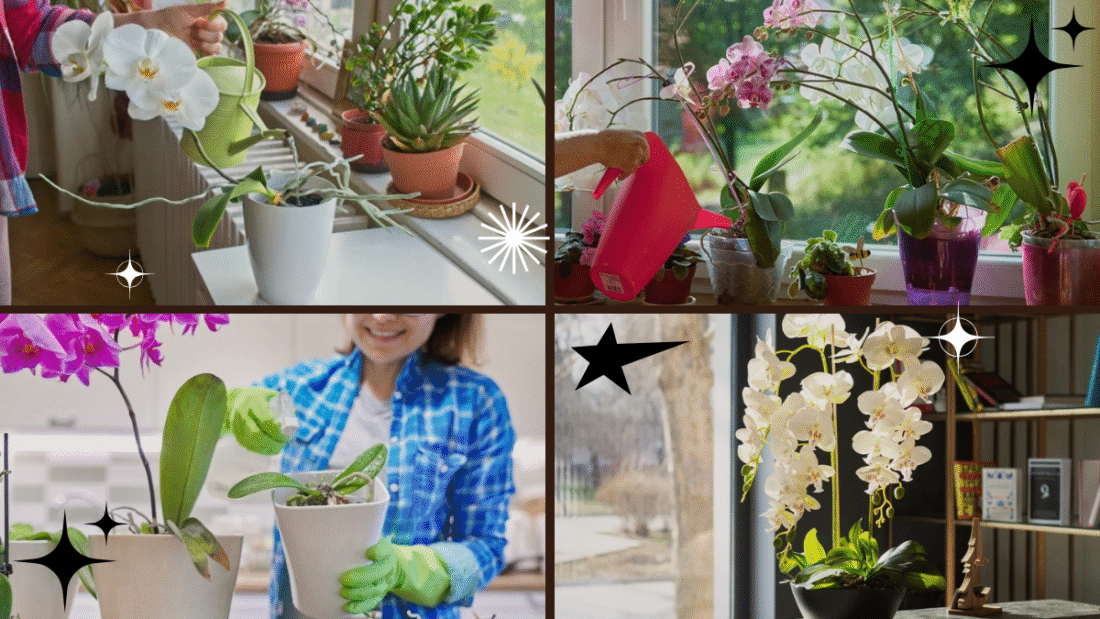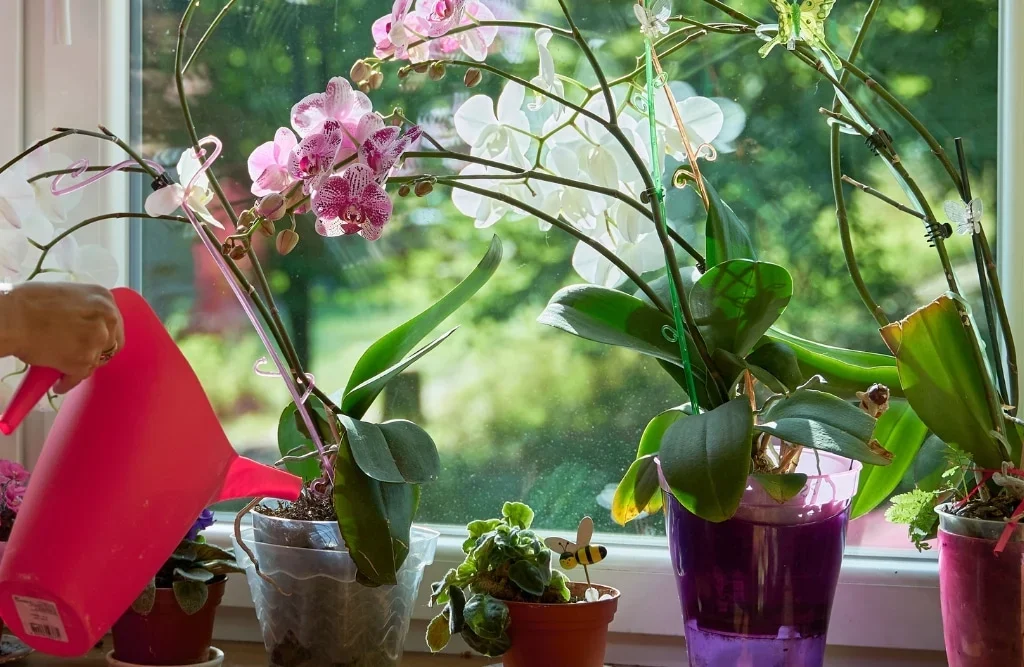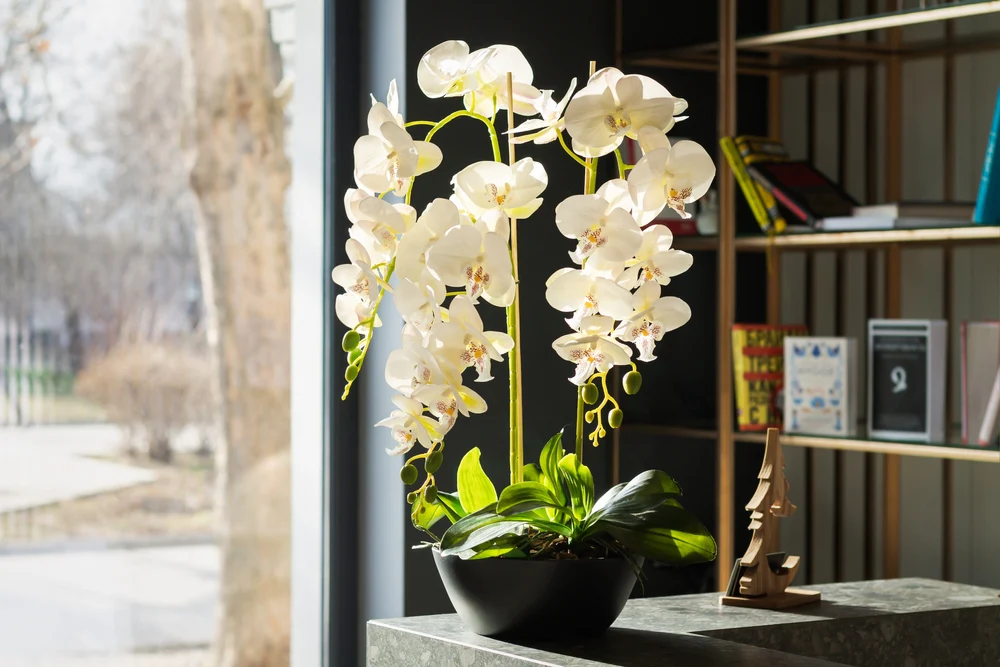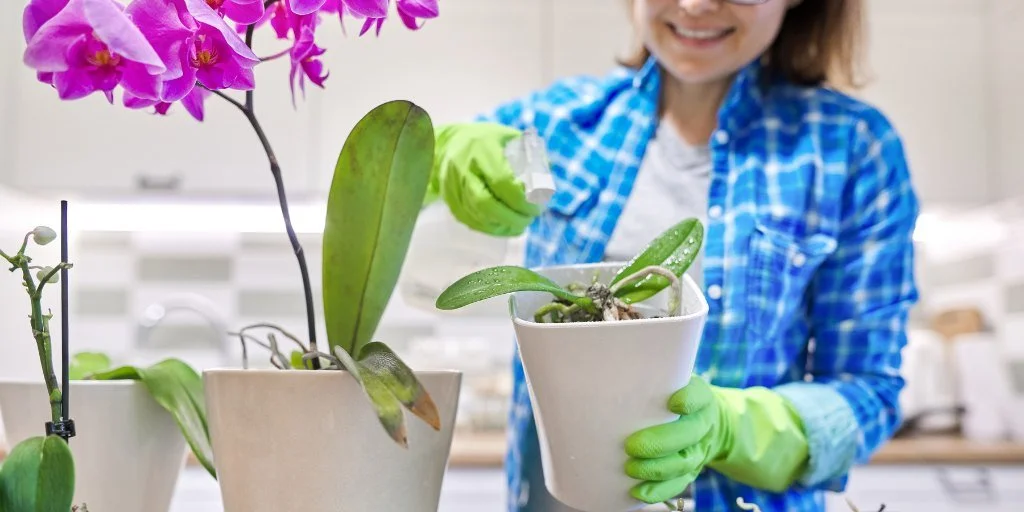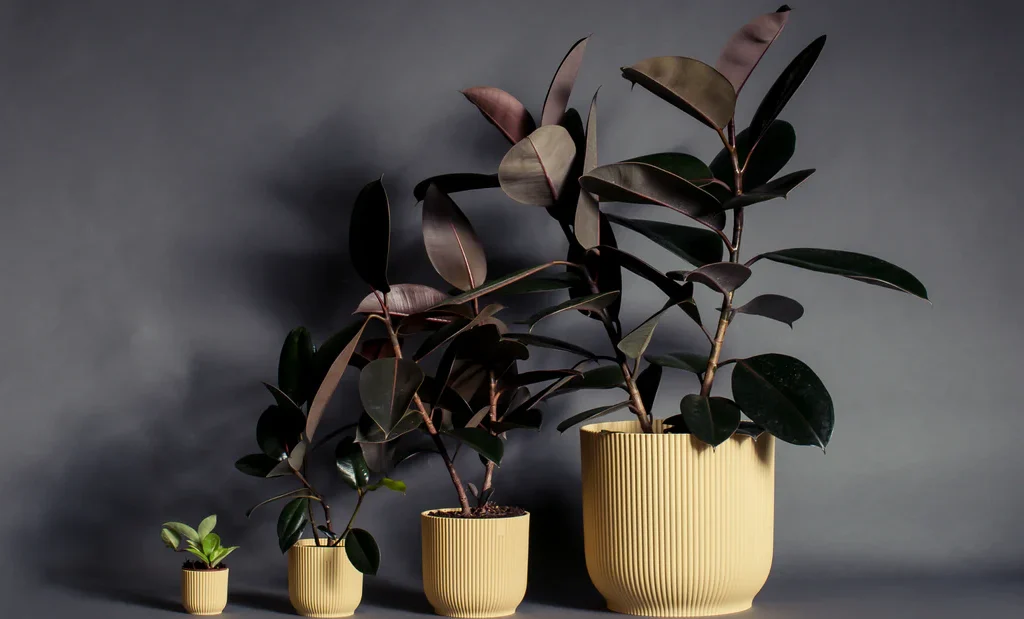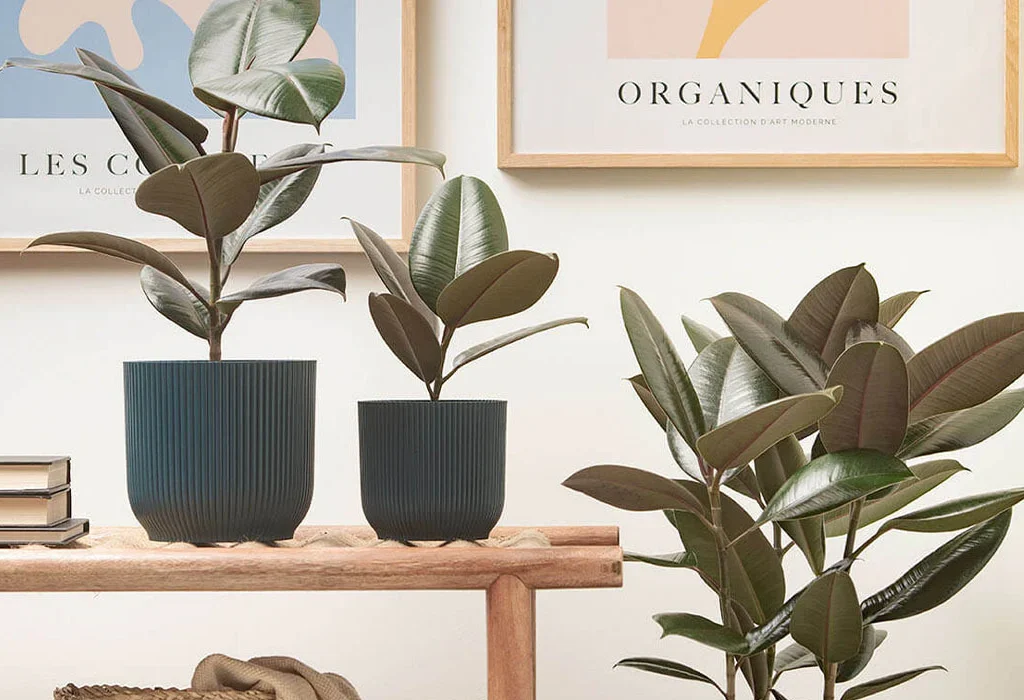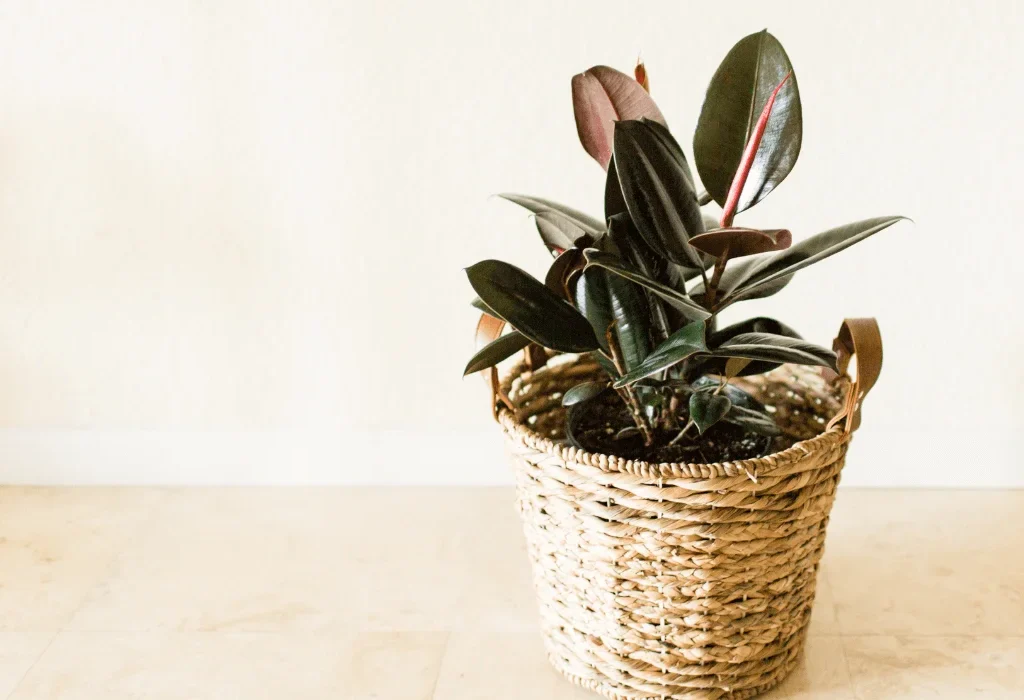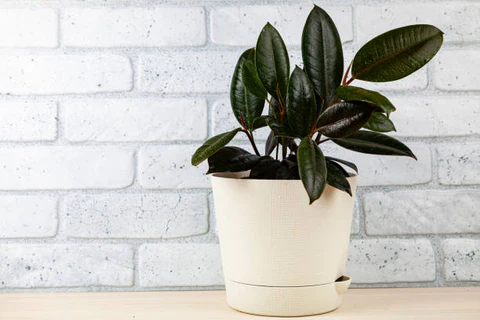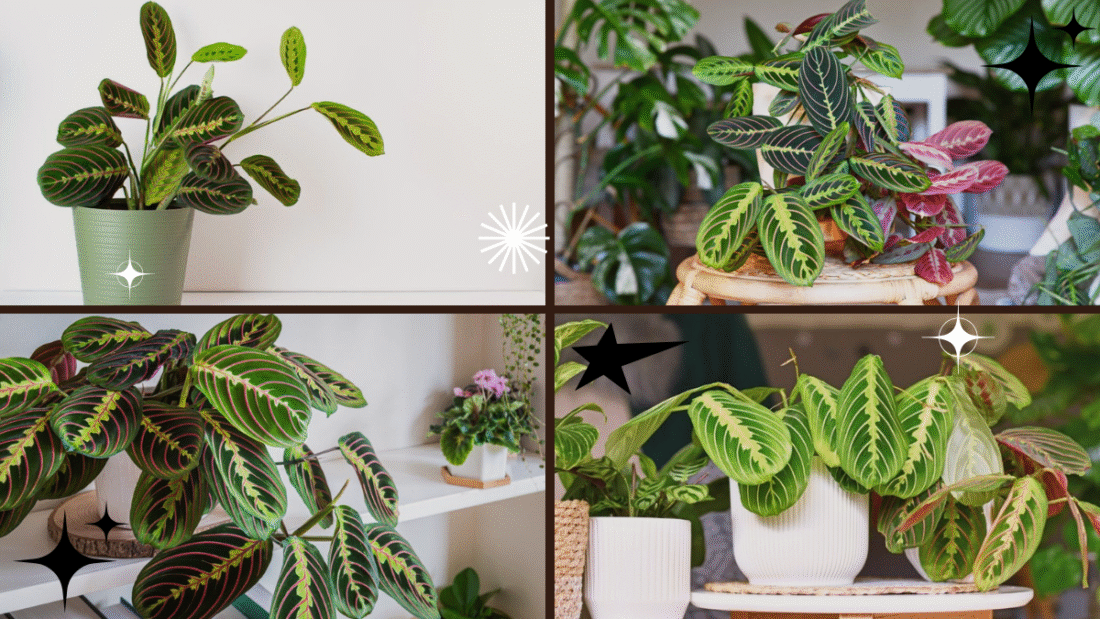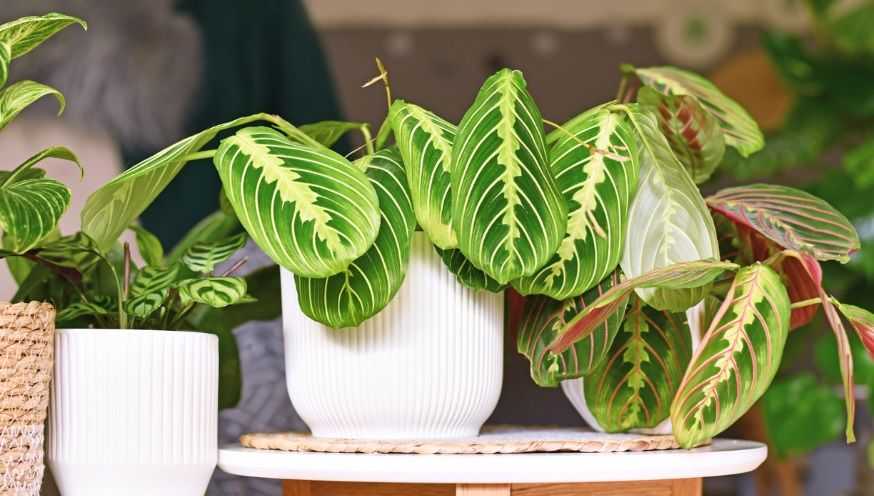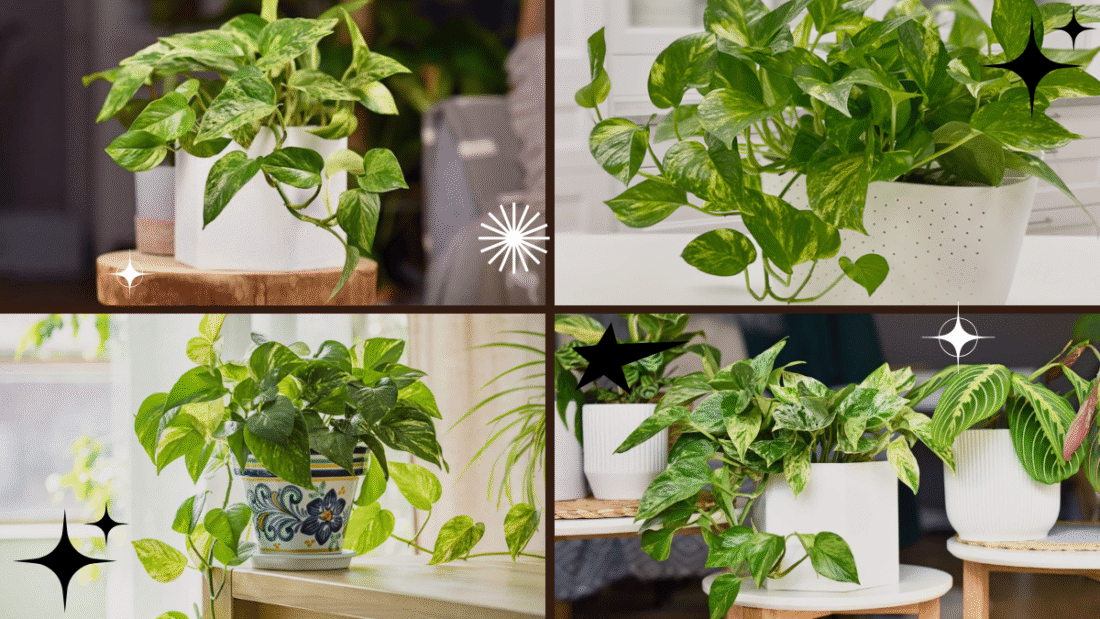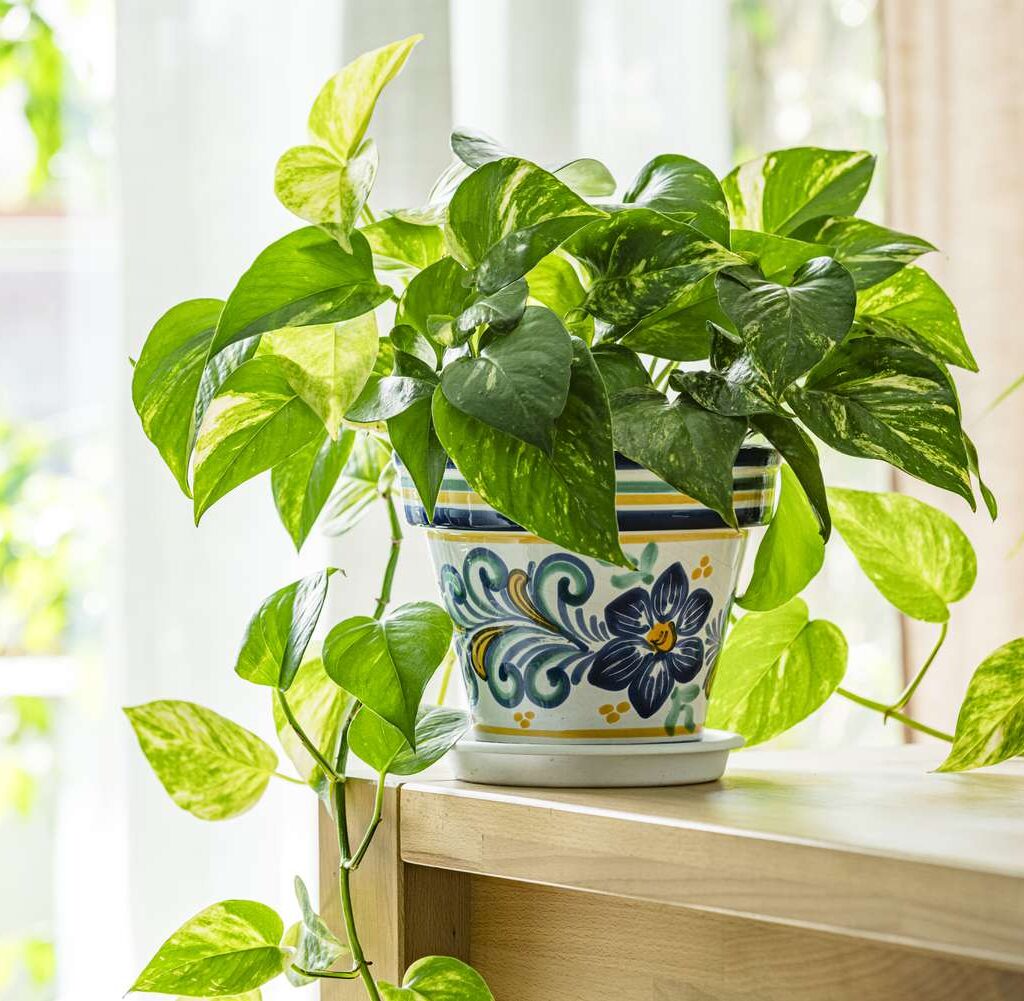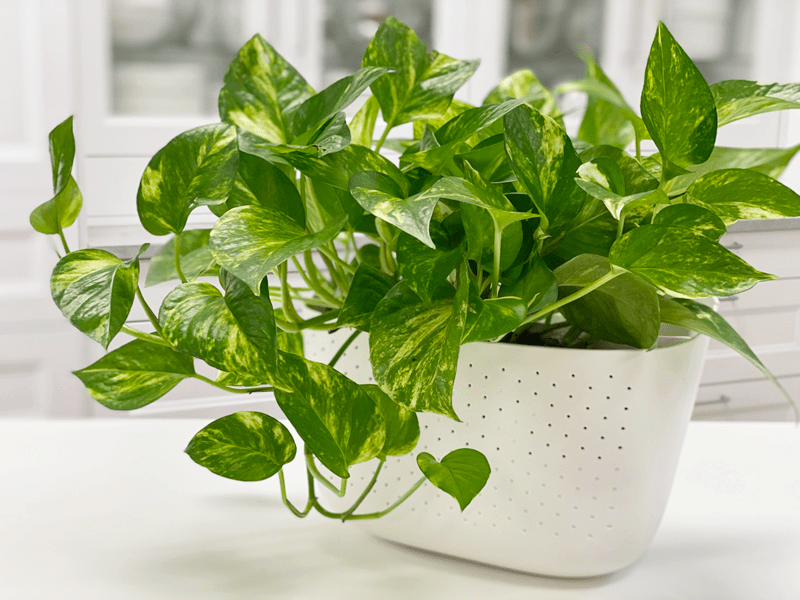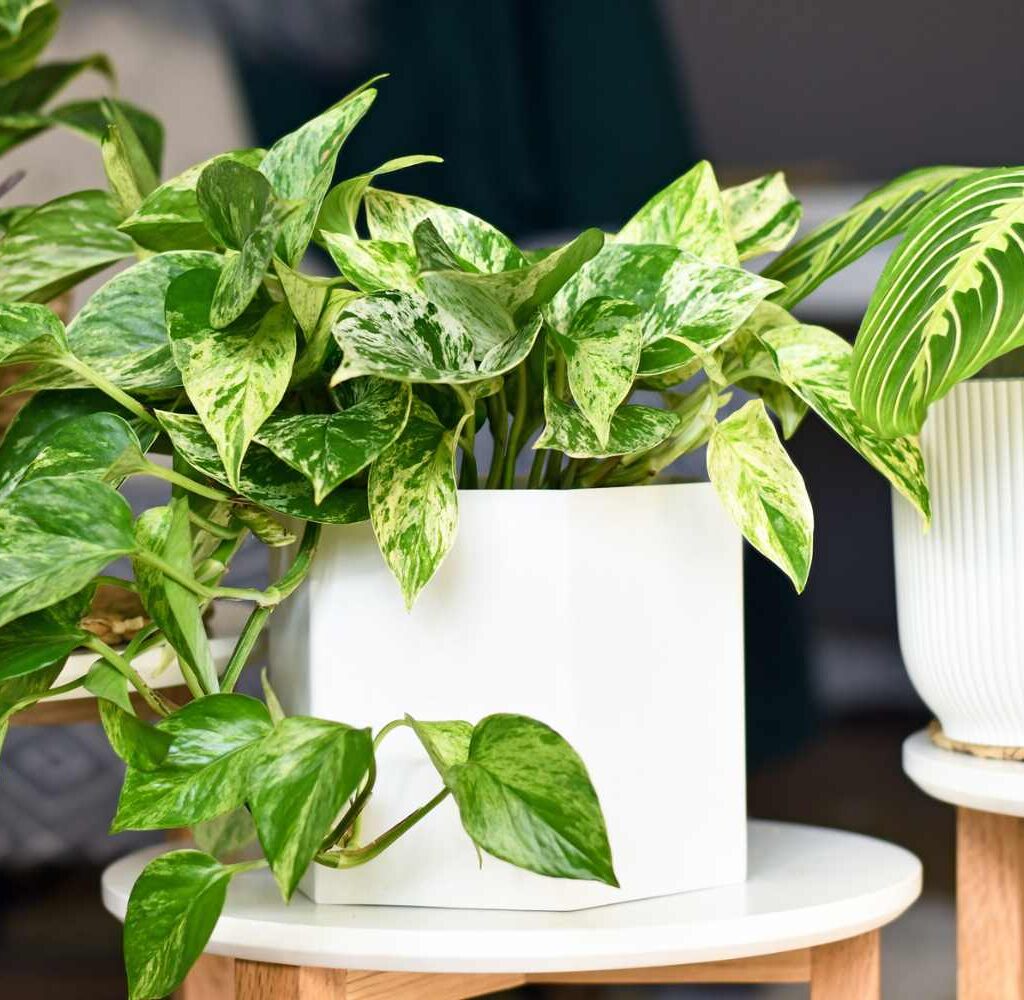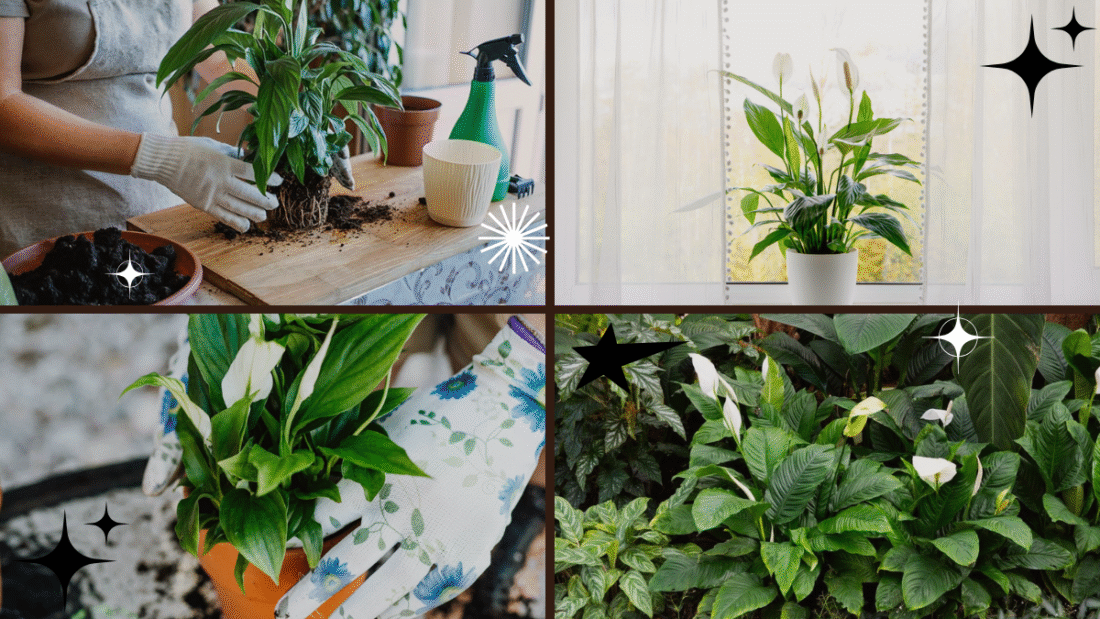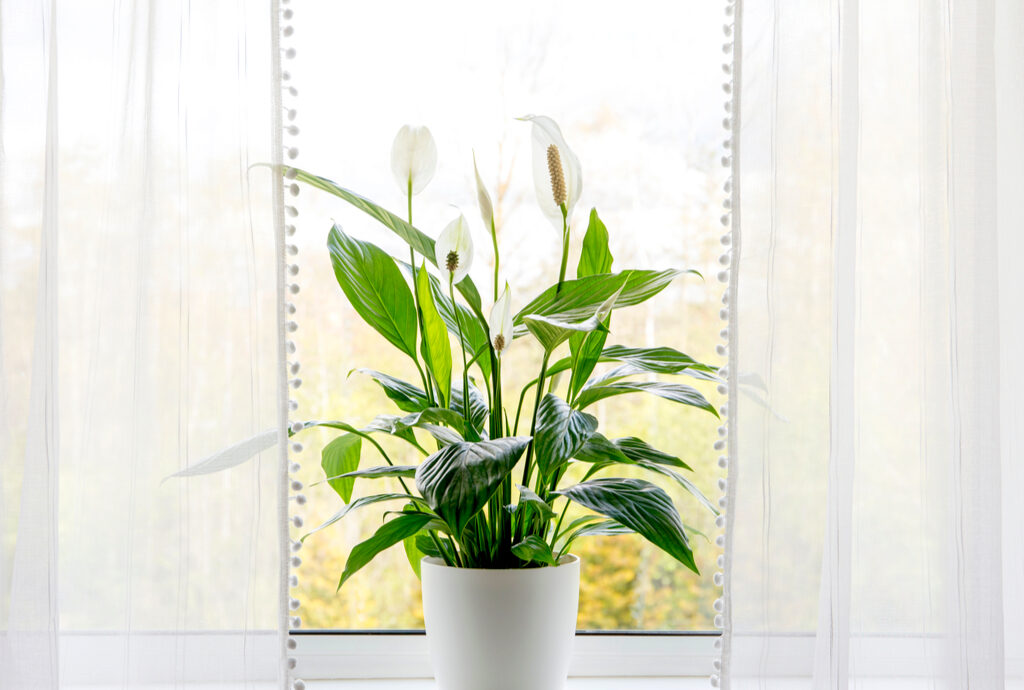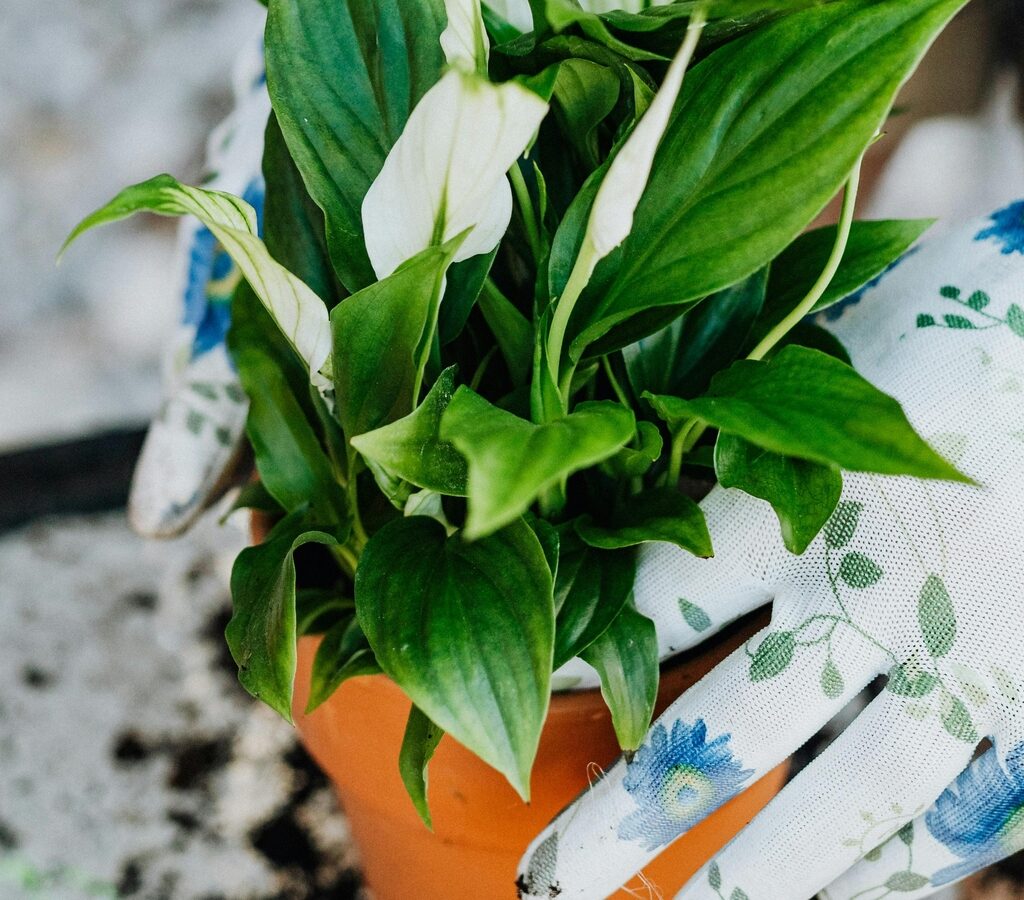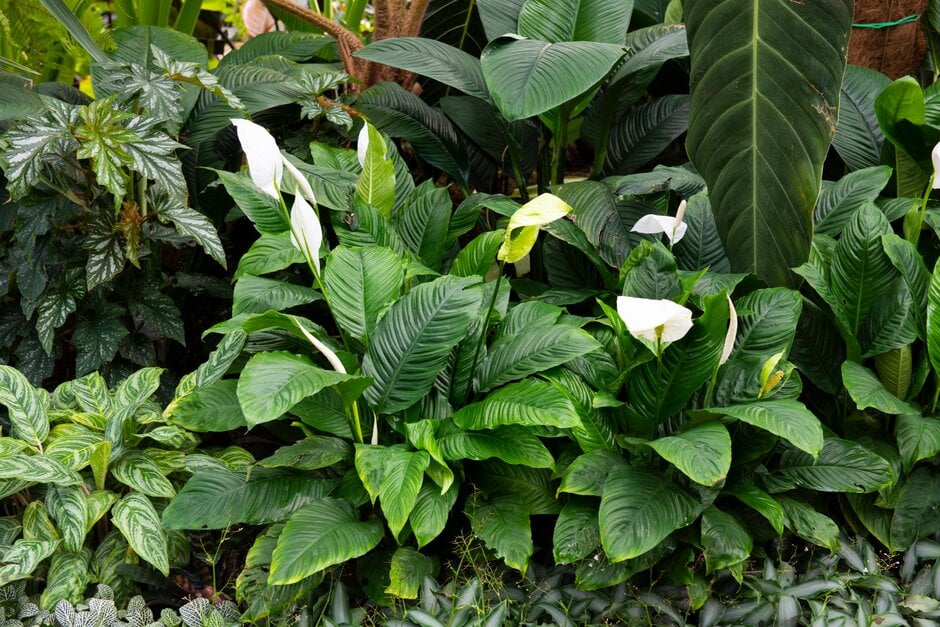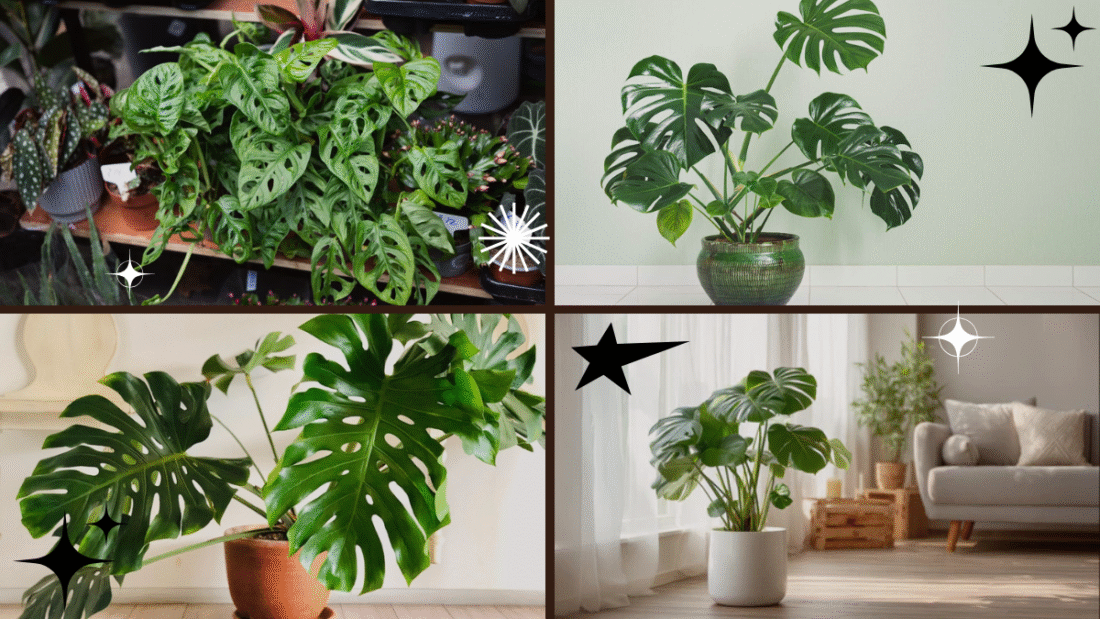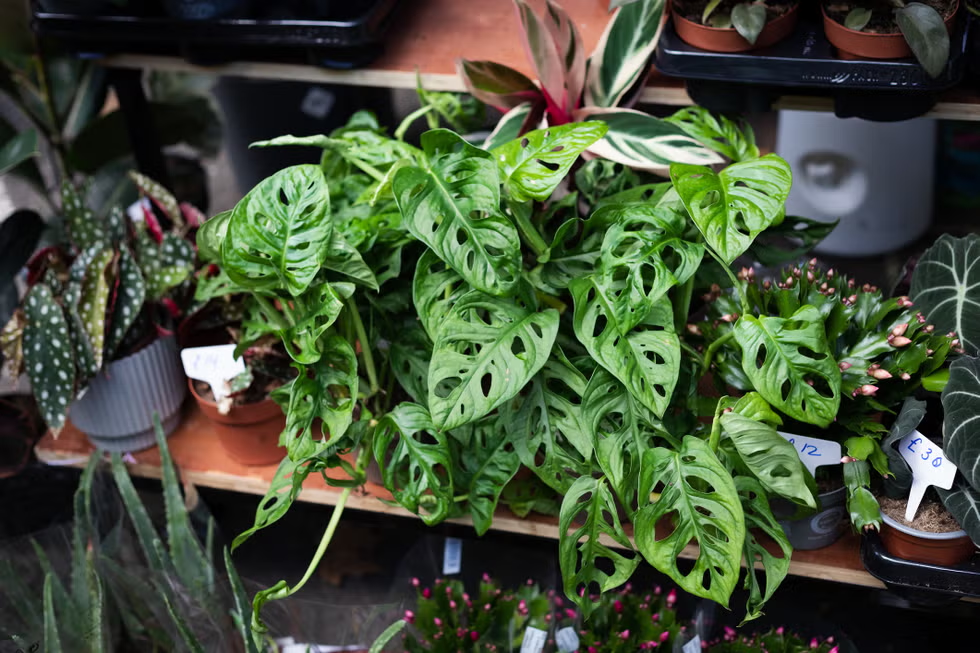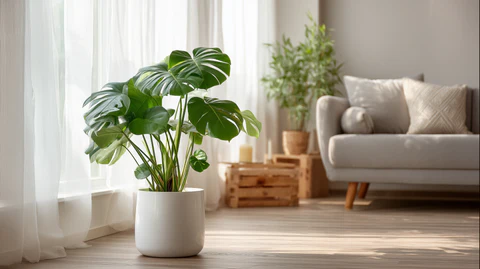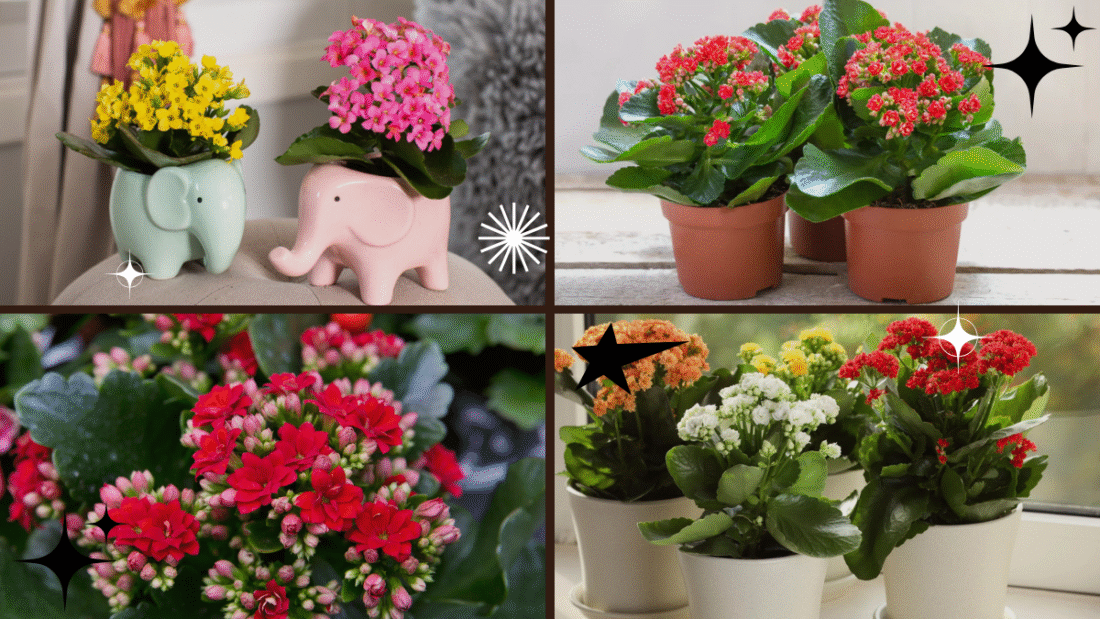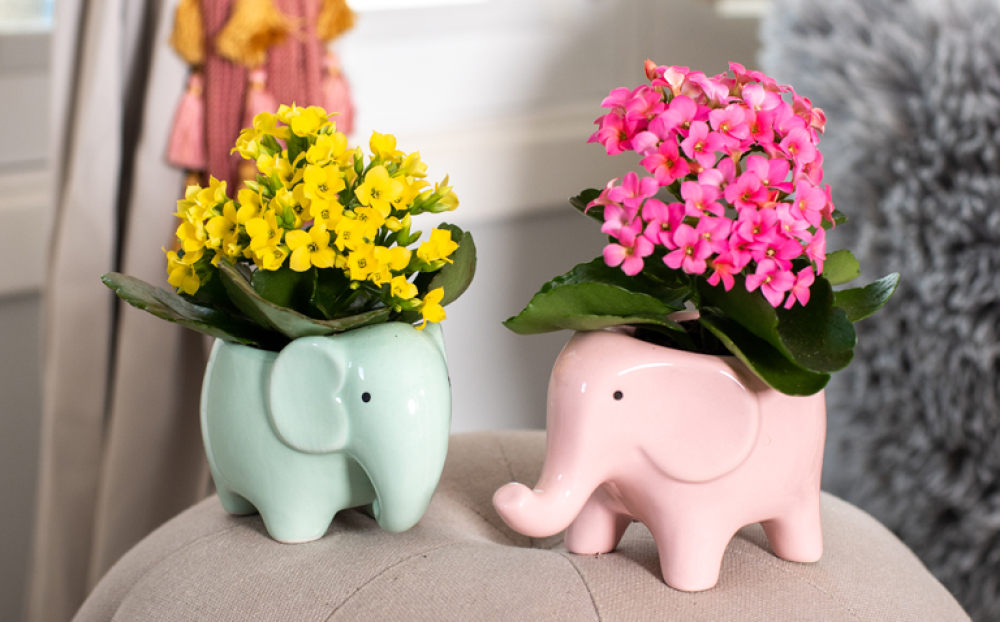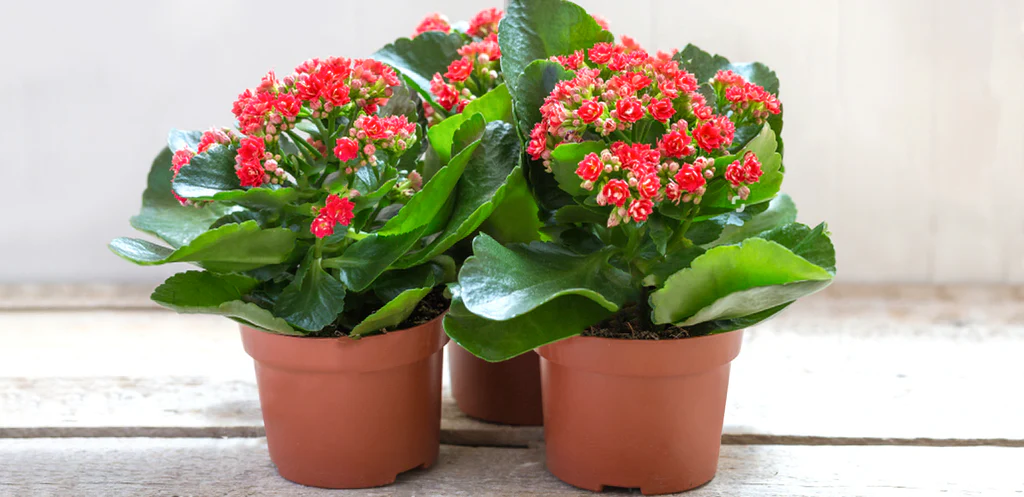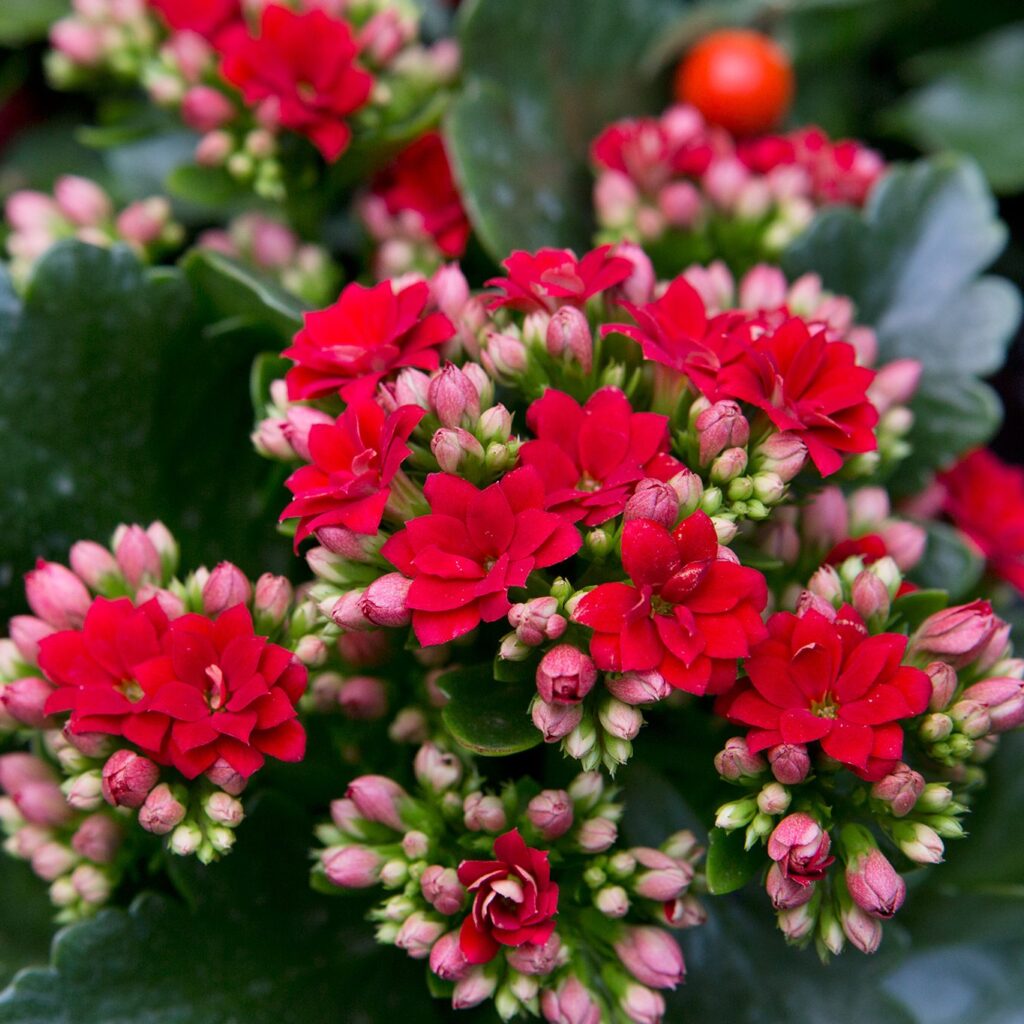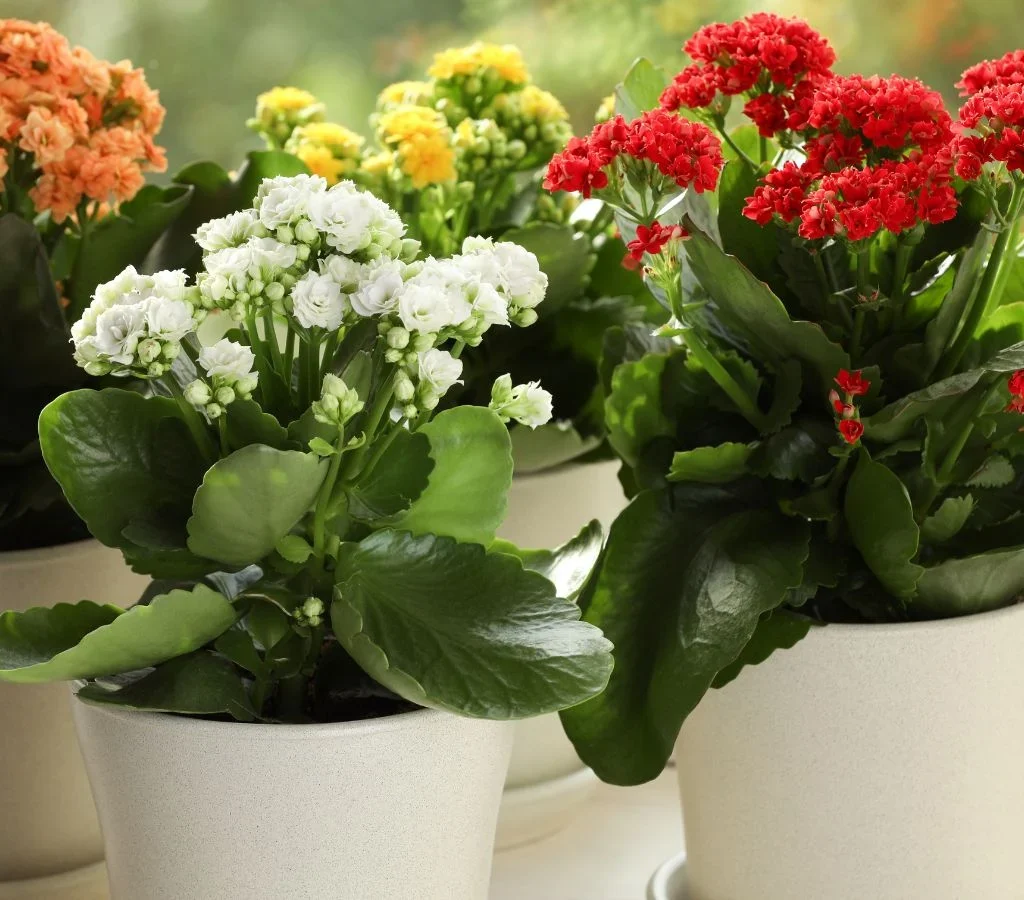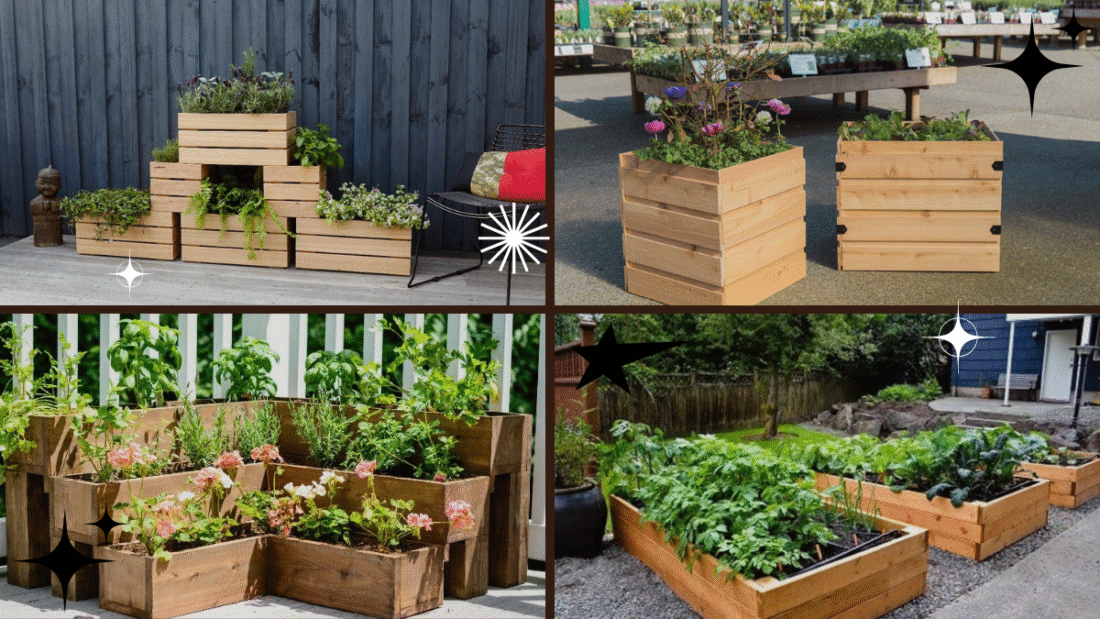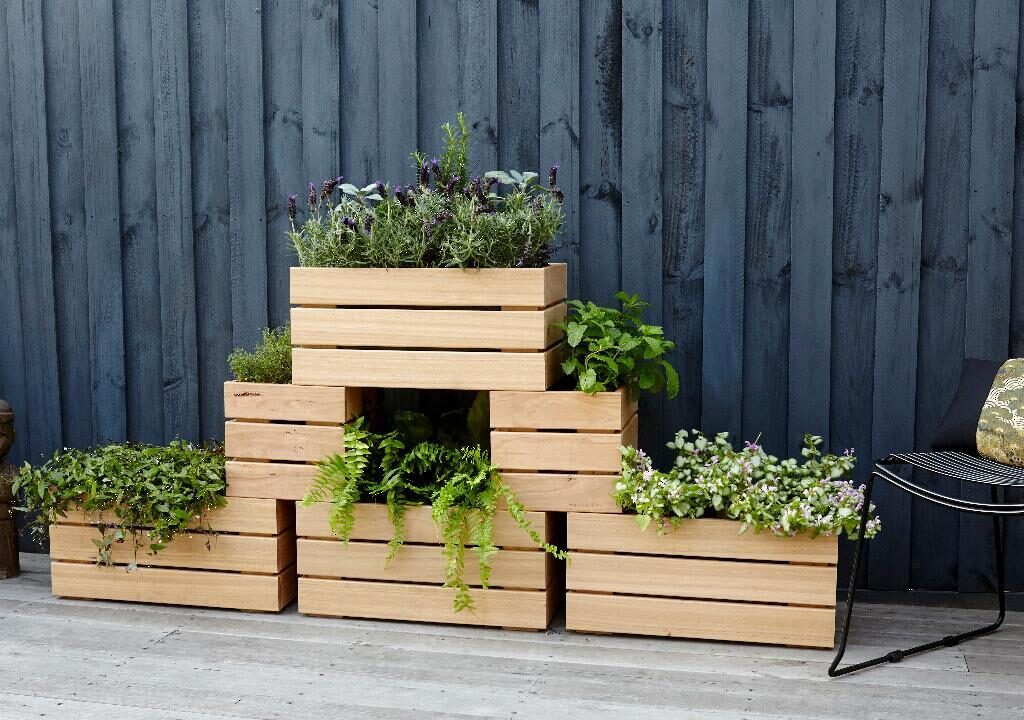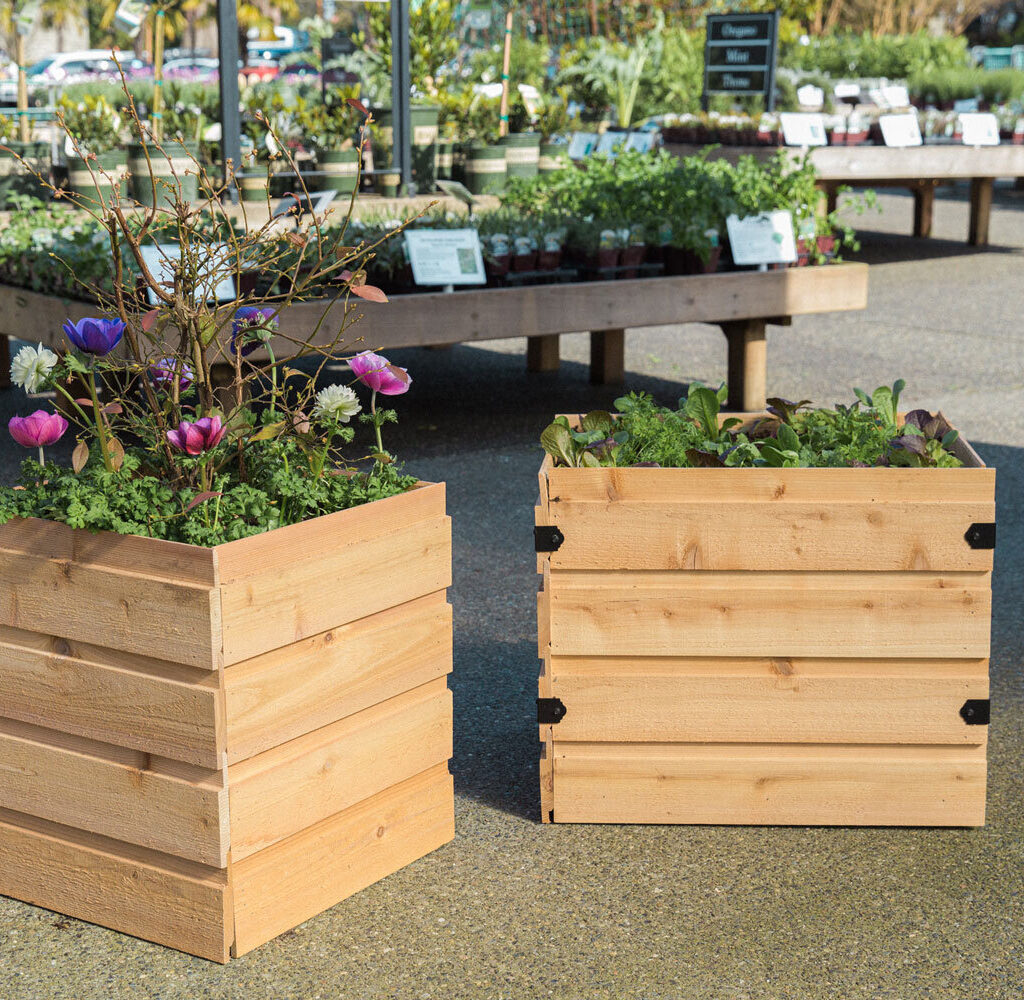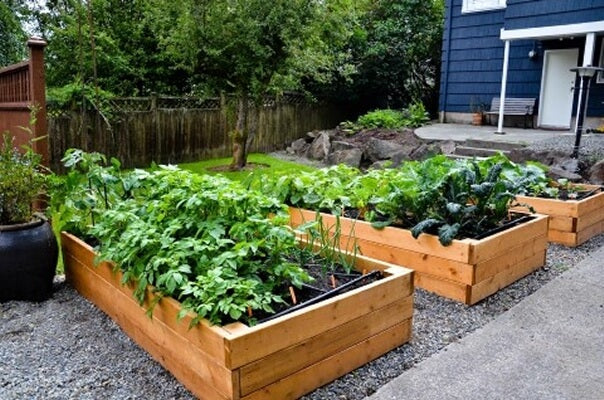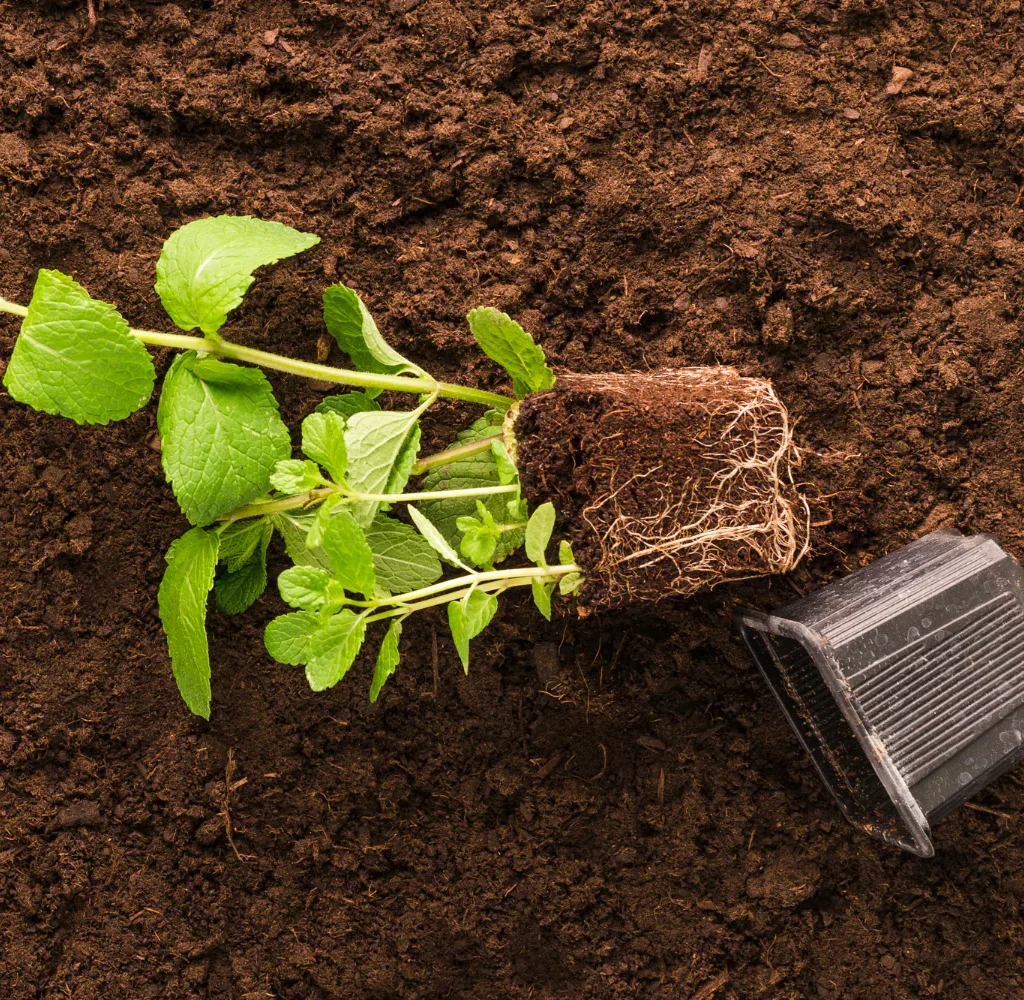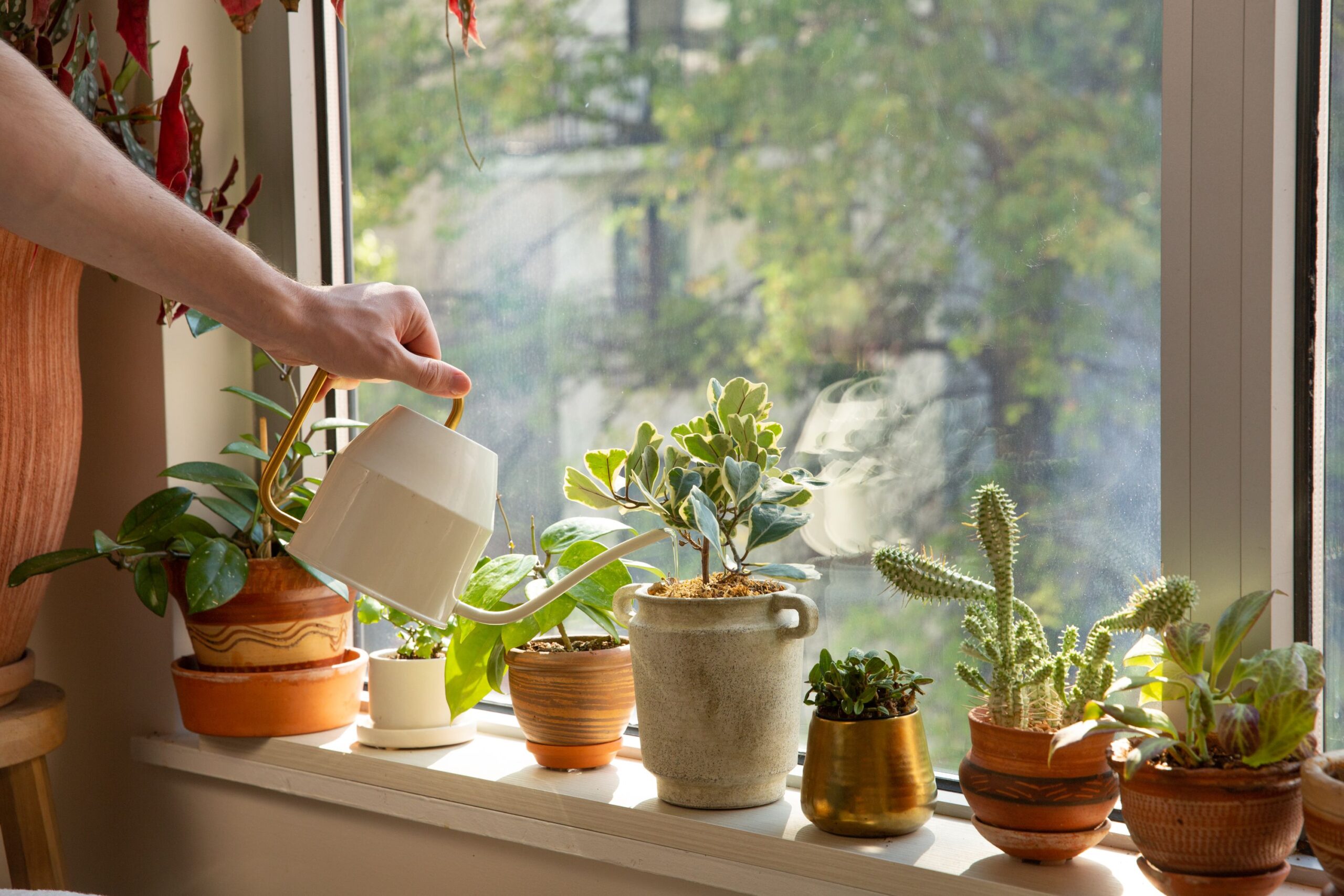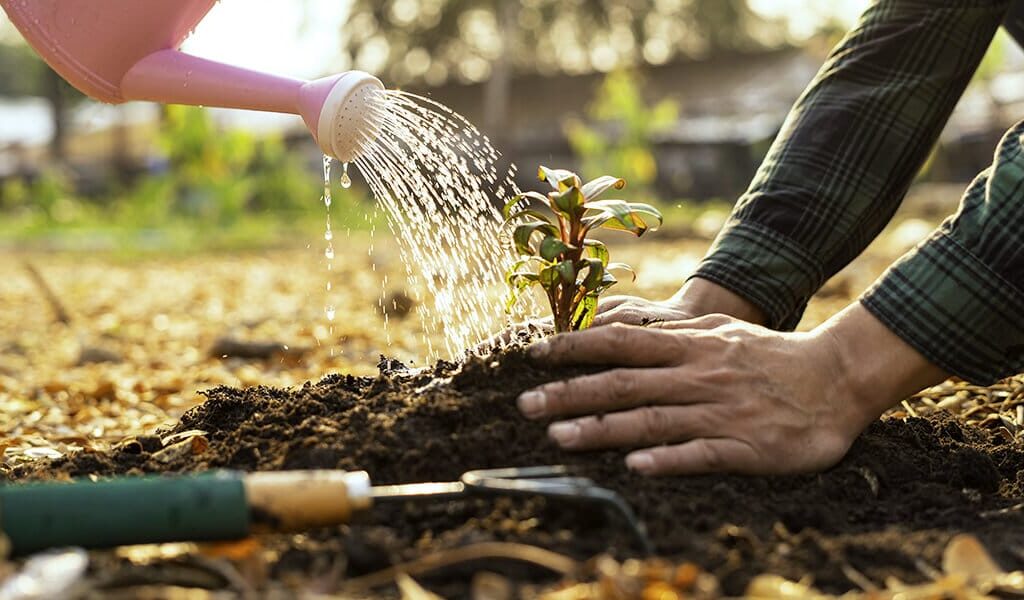Jade plants (Crassula ovata) are beloved houseplants known for their thick, glossy, green leaves and tree-like appearance. Often associated with good luck, prosperity, and positive energy, jade plants are also hardy, long-lived, and surprisingly easy to care for — even for beginners. While they naturally thrive in warm, dry climates, with a little know-how, you can successfully grow a healthy, vibrant jade plant in virtually any environment.
Whether you live in a humid tropical region, a dry desert area, or a cold northern climate, this comprehensive guide will teach you exactly how to care for a jade plant in any climate. From watering and lighting to dealing with temperature changes and seasonal adjustments, we’ve got you covered.
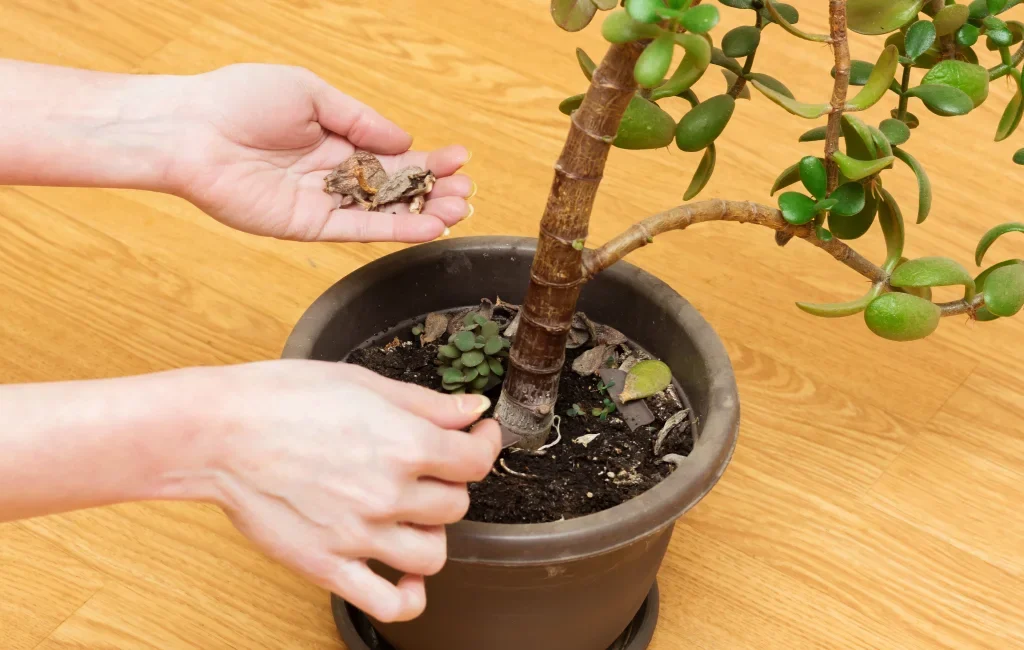
Why Jade Plants Make Excellent Houseplants
Before we dive into care techniques, let’s look at why jade plants are such a popular choice for indoor gardeners:
- Low maintenance: These succulents are forgiving and drought-tolerant.
- Long-lived: Some jade plants can live for decades with proper care.
- Symbolic: Often called the “money plant” or “friendship tree,” jade plants are said to bring prosperity and positive energy.
- Versatile: Suitable for small pots on a desk or larger container gardens.
Now, let’s learn how to help your jade plant thrive, no matter where you live.
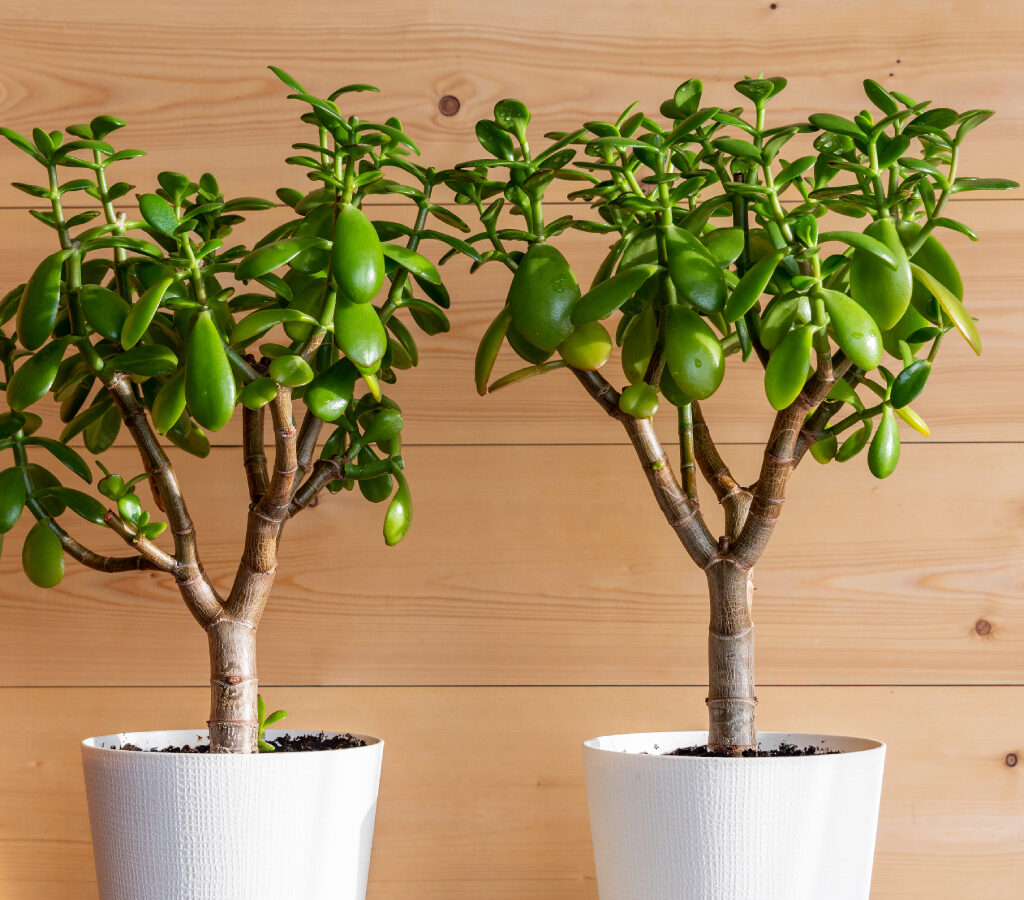
Understanding Jade Plant Basics
Scientific Name: Crassula ovata
Family: Crassulaceae
Type: Succulent
Native Range: South Africa and Mozambique
As succulents, jade plants store water in their leaves, stems, and roots, making them naturally drought-resistant. However, like all plants, they have specific needs regarding light, water, soil, and temperature — and these needs can vary by climate.

Light Requirements: Bright but Indirect
Jade plants crave light, and providing the right amount is crucial for their growth:
- Ideal exposure: 4–6 hours of bright, indirect sunlight daily.
- Indoor placement: South or west-facing windows are ideal. In extremely hot climates, protect the plant from intense, direct afternoon sun to avoid leaf scorch.
- Low-light adjustments: In cloudy or northern regions, consider using a full-spectrum grow light to supplement natural light.
Tip: Rotate your plant every few weeks to ensure even growth and prevent leaning toward the light source.
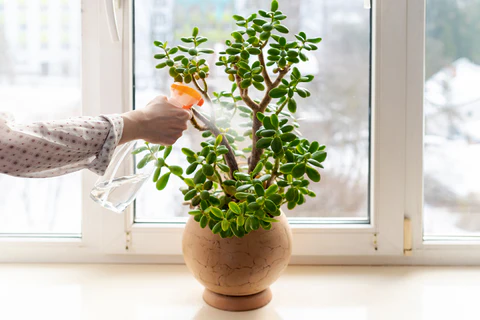
Watering Your Jade Plant: Less Is More
Overwatering is the most common mistake jade plant owners make. Because jade plants store water in their leaves, they prefer dry conditions.
How Often to Water:
- Warm, dry climates: Every 2–3 weeks.
- Humid or cooler regions: Every 3–4 weeks.
- Winter months: Reduce watering frequency as the plant goes semi-dormant.
Watering Method:
- Water deeply until it drains from the bottom of the pot.
- Always let the soil dry out completely before watering again.
- Avoid letting the plant sit in standing water, as this causes root rot.
Tip: If leaves become shriveled or soft, it may be time to water.
Soil and Potting: Well-Draining Is Key
Jade plants need soil that mimics their natural environment — sandy and fast-draining.
Best Potting Mix:
- Use a succulent or cactus potting mix.
- Or make your own mix:
2 parts potting soil + 1 part coarse sand + 1 part perlite or pumice.
Pot Selection:
- Choose a pot with drainage holes.
- Terra cotta pots are excellent, as they allow soil to dry faster.
Repot every 2–3 years or when roots outgrow the container.
Temperature and Climate Adjustments
Jade plants are adaptable but prefer certain temperature ranges.
Ideal Temperature:
- 65°F to 75°F (18°C to 24°C) during the day.
- Can tolerate nighttime lows of 50°F (10°C).
Hot Climates:
- Provide morning sun and afternoon shade.
- Avoid placing near hot windows in summer.
Cold Climates:
- Bring plants indoors when temperatures drop below 50°F (10°C).
- Place near a sunny window but away from cold drafts and heating vents.
Humid Regions:
- Ensure good air circulation to prevent fungal issues.
- Use a fast-draining soil mix to avoid water retention.
Fertilizing for Growth
Jade plants don’t need frequent feeding but benefit from occasional fertilization during the growing season (spring and summer).
How to Fertilize:
- Use a balanced liquid fertilizer (10-10-10 or 20-20-20) diluted to half strength.
- Feed once a month during the growing season.
- Avoid fertilizing in fall and winter when the plant’s growth slows.
Pruning and Shaping
Regular pruning encourages bushier growth and removes leggy or damaged stems.
How to Prune:
- Use sharp, sterilized scissors or pruning shears.
- Remove dead or shriveled leaves.
- Trim back overgrown branches to maintain shape.
- Pinch new growth tips to encourage branching.
Tip: Pruned cuttings can be propagated easily.
Propagation: Growing New Jade Plants
Jade plants are wonderfully easy to propagate from stem or leaf cuttings.
Propagation Steps:
- Snip a healthy stem or leaf.
- Let the cutting dry for 1–2 days to callous.
- Plant in well-draining soil.
- Water sparingly until new growth appears.
This is a great way to expand your collection or gift a plant to a friend.
Common Problems and Solutions
| Problem | Cause | Solution |
|---|---|---|
| Yellow, mushy leaves | Overwatering | Reduce watering, check for root rot |
| Wrinkled, soft leaves | Underwatering | Water thoroughly and adjust frequency |
| Leaf drop | Sudden temperature changes or drafts | Stabilize temperature, avoid cold drafts |
| Stunted growth | Low light, lack of nutrients | Move to brighter location, fertilize as needed |
| White powdery residue | Mealybugs or fungal issues | Wipe with rubbing alcohol or insecticidal soap |
Seasonal Care Tips
Spring/Summer:
- Increase watering and fertilizing.
- Prune and propagate.
- Move outdoors in mild climates (avoiding intense midday sun).
Fall/Winter:
- Reduce watering.
- Stop fertilizing.
- Bring indoors if temperatures drop below 50°F (10°C).
Conclusion: A Resilient, Rewarding Plant for Any Home
With its rich symbolism, easy care routine, and charming appearance, the jade plant is a fantastic choice for indoor gardeners everywhere. Whether you live in a hot, dry climate or a chilly, humid region, understanding your jade plant’s basic needs and adjusting your care routine to your local environment ensures that it will remain healthy, lush, and vibrant for years — perhaps even decades.
Key reminders:
- Bright, indirect light is ideal.
- Water deeply but infrequently.
- Use well-draining soil.
- Adjust care seasonally and based on climate.
- Enjoy the simple, enduring beauty of this good-luck plant!

